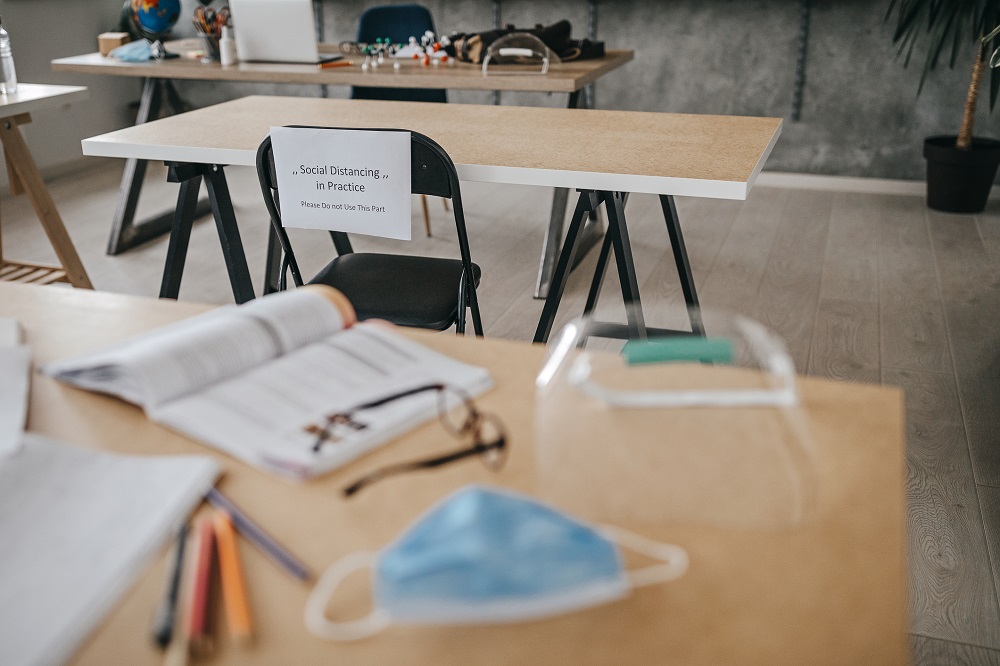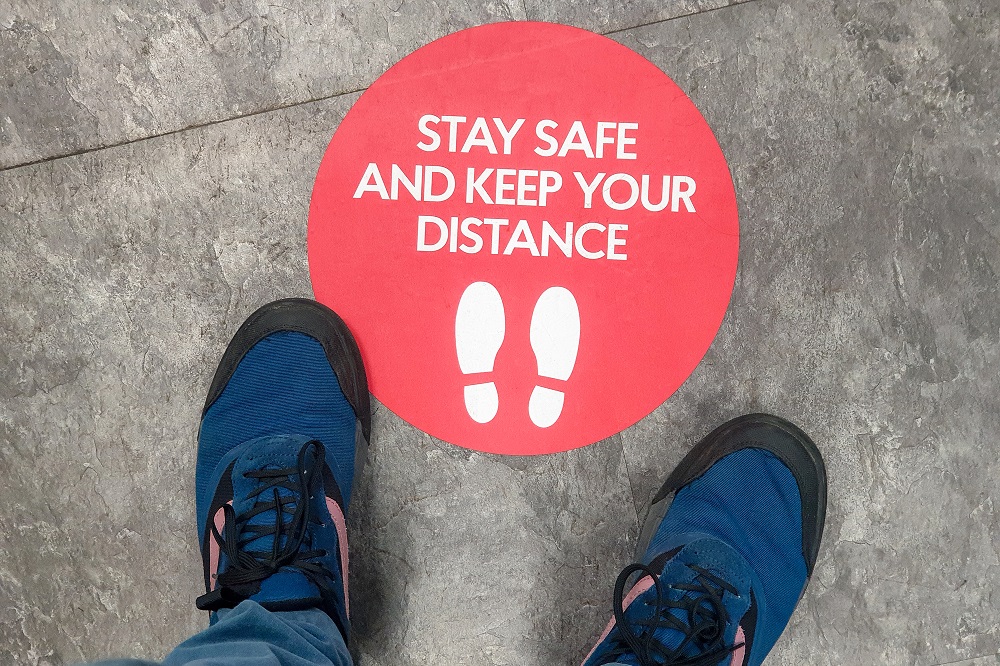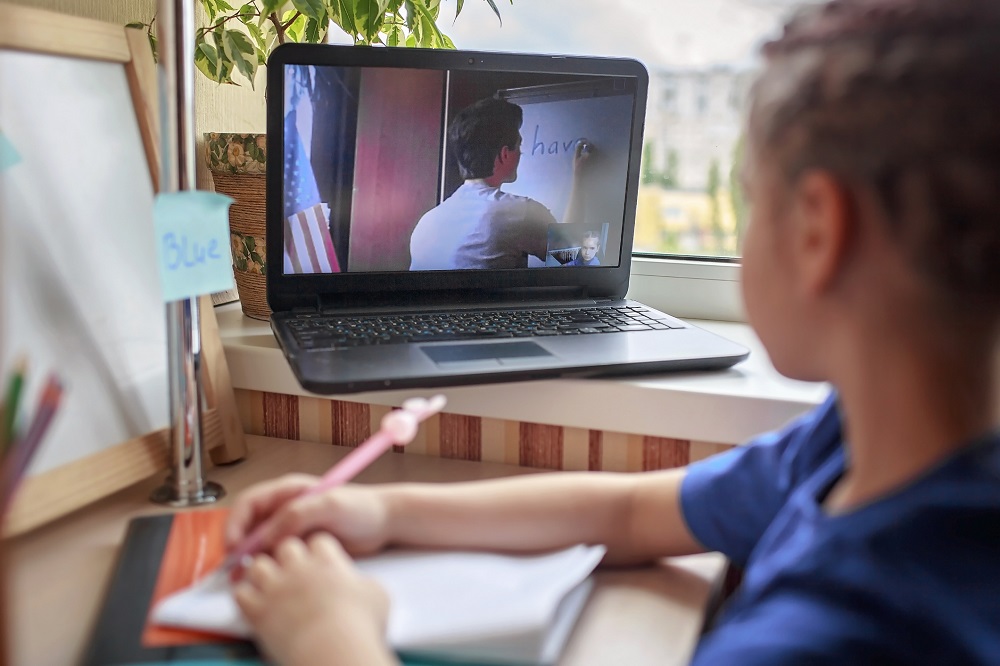Back to Class, but not Back to Normal
Many students and teachers around the world are now back to school and having to adapt to education, whether it’s a new style of physical lessons in school, hybrid learning or online classes in our ‘new normal’. In this post, David Dodgson describes his own experience of returning to the classroom and how his school’s (and indeed country’s) rules and regulations over distancing and hygiene are requiring him to change his teaching.

We have now been back at school for two weeks, and I have to say I have mixed feelings about it. On the one hand, I’m happy to be back. Although we continued learning remotely during lockdown, I missed all the other aspects of school life – the chats before and after class, extra-curricular activities, sports, trips to the library and more. My school’s application of rules around social distancing and hygiene have been clearly communicated and well-observed. On the other hand, there is still a general sense of unease as the virus continues to spread worldwide, and some of the new regulation are taking some getting used to, especially when they affect the manner in which learning takes place. In other words, although we are back in class, it’s far from back to normal. Here are five ways I’ve had to adapt my teaching.

1. Keep your distance
The main changes have, of course, been related to social distancing and hygiene. Students are kept in year group bubbles, but teachers still have to work across multiple classes. That means staying at the front of the class and keeping a two-metre distance from pupils. They themselves have to sit in forward-facing rows, spaced apart as much as possible and using the same seating plan each lesson. That means setting up pair or small group work is tricky, and rotating people between groups is out of the question. It also means circulating around the classroom is not possible. In a way, we have been forced back into a kind of ‘traditional’ setting with the teacher firmly rooted to the front of the class facing neat lines of students.
While it is frustrating to not be able to give individuals direct help, or move students around as needed for activities or just a change of pace, there are a couple of caveats: first of all, it is all absolutely necessary and we run the risk of going back into lockdown if we don’t; and secondly, just because we are restricted in how we can use the classroom space, it doesn’t mean we are restricted in how we teach. For more information, read on…

2. Monitoring & marking
The rules in place obviously make monitoring students a challenge. I can’t walk around the class checking students are on task, suggesting ideas and edits, or helping those who are struggling to get started. I can take notebooks in at the end of the lesson but this would require the students to deposit them into a box, which I would have to leave 48 hours before marking. Another 48 hour ‘paper quarantine’ before returning them makes this an impractical option when I am seeing my IGCSE English Second Language classes pretty much every day.
For that reason, we have gone paperless this year. We spent some time in one of our first lessons going over options for keeping, organising, and sharing digital files – a useful reminder that while my teenage students may be confident using digital devices, they are not always proficient at labelling files, or keeping folders. Once we had an ‘ESL’ folder set up with sub-folders for our first unit, homework tasks, and study skills, we decided on the best way for me to see their work. Some classes suggested Google Drive while others went for OneDrive (I let them choose whichever they felt more comfortable with) and they all granted me access to their cloud-hosted folders. This serves two purposes for me: I can check their work after each lesson to make sure notes are up to date; and I can access their documents live as they type during tasks from my own laptop (as we were doing when learning remotely during lockdown). If anything, it is more efficient (and more environmentally friendly) than the ‘old’ notebook method They don’t even have to submit homework anymore – they just add it to the folder they have shared with me.

3. Collaborating
Having our notes and documents in the cloud also helps maintain an element of collaboration in our lessons. With a simple click, students can share individual documents with a specific person or the whole group if required. This allows us to engage in activities such as peer editing and feedback, scripting dialogues, and co-writing stories and articles. While this may lack the intimate and unrestricted flow of ideas that comes from working in a physical pair or small group, it does prevent our classes from being trapped in a cycle of teacher-led lockstep activities and individual work.
We also make regular use of whole class collaboration tools as well. Shared documents or websites like Padlet allow us to brainstorm ideas, compile vocabulary lists, maintain a record of questions, and keep class sets of notes. These can all then be downloaded or otherwise shared to their own folders and files set up for the lesson to generate a fully comprehensive record of learning.

4. Independent Learning
One of the routines established during lockdown that I have continued now we are back at school is a greater focus on independent learning. To avoid 8 hours a day at the computer screen, we adopted an approach of having 2–3 live input sessions as week, and 2–3 independent learning slots in which students would follow up on the work we had done through assignments, projects, or other tasks they could pursue alone such as extensive reading. Now back at school, we divide our time between lessons in which we work together to analyse new material, be it a reading text, video clip, or language point, and lessons in which the class do further research or work on assignments.
They also have a novel to read so that they can take a break from device screens. Instead of a class novel, I gave them some options to choose from so each student reads through their own story and their own pace, with activities to work on as they do so. These include building character profiles, plot summaries, and speculating about events in the book. it is early days in the term at the moment but the initial uptake on this has been encouraging with most students already a few chapters in with some impressive notes being generated.

5. Assessed tasks
I wrote about my approach to generating and recording assessment data before lockdown began, never realising at the time how glad I would be to have all of that information once exams were cancelled. Thanks to those records of assessed tasks covering all four language skills and demonstrating student progress across the academic year, I had plenty of evidence for generating student grades. For that reason, I will be including regular assessed activities in all my classes from now on. Over the summer, I took time to analyse learning plans and schemes of work to make sure each assessment component is covered in class in line with its importance in the final assessment. That process made me realise how much writing dominated (understandable as it is easy to set, collect and mark) so I have made more of an effort to include reading, listening, and speaking activities (we will be making video presentations and conducting online interviews with each other for that!) I am also currently preparing some INSETT sessions on marking to make sure my department is setting similar tasks and marking to a similar standard. Hopefully, it will not be the case but, who knows, that assessment data might just come in handy at some point.
To see how another teacher is adapting to our new normal (and to compare against mine), watch 5 ways to make lessons interactive and fun with social distancing from Pavilion ELT. I’d also like to know about you! If you are now back in the classroom, what restrictions are you working under? How are you and your students adapting? As ever, please share your ideas here and on social media.

Comments
Write a Comment
Comment Submitted